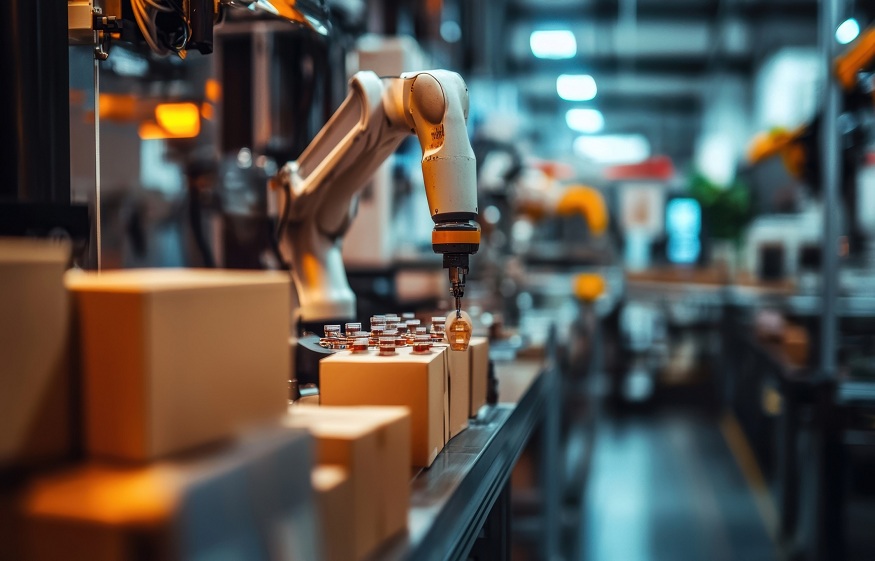The increased interest in circular economy models is being driven by the rising concern over packaging waste and its subsequent environmental impact. The circular economy is one that looks to create a system where waste is nonexistent, and resources and materials are continually reused and repurposed. When it comes to packaging, this means minimizing disposal with things like improving design, construction, transport efficiency and recycling accessibility.
Optimizing Packaging Material Mixes
The key to the circular economy is pure, high-quality materials flowing in closed-loop cycles. However, most packaging comprises composite blends using varied materials layered and fused together. This hampers recycling and material recovery. EPS manufacturers like Epsilyte and other packaging material producers now optimize their formulations for homogeneity, ensuring like substances cluster together while easily detachable sections enable sorting at recovery facilities. Standardized material marking using labels, imprints, micro-tags, or digital watermarks also assists with categorization, purification and separation of goods. Such enhancements allow high-fidelity circulation and reuse of base resources. Packaging hence sustains circular pathways rather than terminating them through disposal losses.
Integrating Reusable Systems
Single-use packaging characterizes the linear economy’s wastefulness, but reusable schemes align naturally with circular aims by extending usefulness through multiple lifetimes. Accordingly, innovators now integrate reusable packaging elements across supply chains. Durable plastic crates and pallets shuttle goods between links, replacing limited-life cardboard. Deposits encourage return shipping to origin facilities for cleaning and reuse. Some makers sell products in long-lasting containers that consumers return post-purchase for refilling. Closed-loop rental schemes provide reusable packaging for recurring transport routes and reusable packaging often consists of fewer composite layers, boosting recyclability. Despite higher upfront costs, such reusable systems demonstrate commercial and ecological viability.
Engineering Better Recyclability
While reuse is ideal, most packaging still requires recycling to sustain circular resource flows. Recyclability depends partly on material purity, but the form and breakdown of objects also determines recoverability. Packages comprising easily separated parts, snap-off sections and uniform materials simplify sorting and reprocessing enormously. Packaging engineers now design products enabling quicker, higher-yield recycling. New fasteners allow tool-free dismantling while embedded perforations assist tearing off recyclable portions. Plastics employ single polymers rather than composite blends. Through better design, packaging disassembly, decomposition and material reclamation grows more efficient.
Building Comprehensive Collection Networks
Even optimally engineered, digitally integrated packaging with engaged value chain stakeholders cannot complete materials circles without comprehensive collection infrastructure. Therefore, municipalities, waste contractors, retailers and other entities build extensive, convenient packaging recovery networks. Curbside pickup, store drop-offs, smart bins, depot boxes and return-to-sender options give consumers packaging return access. Set-up costs are offset by selling reclaimed materials, driving the circular economy. Only with reliable accumulation pathways can resource loops continually circulate.
Educating Consumers on Proper Practices
Even the best eco-friendly packaging is useless if consumers don’t recycle it properly. Consumer behavior change is essential, so packaging enters collection flows rather than landfills. As such, packaging features expanded labeling, indicating proper disposal and recovery methods for each part. Simple, clear sorting guides appear at collection points, reinforcing messaging. Over time, such efforts profoundly shape societal attitudes and behaviors towards responsible packaging disposal, empowering the circular economy’s emergence.
Conclusion
To create fully circular packaging systems, the industry must completely overhaul its norms, goals, and processes to prioritize durability, renewability, and closed-loop systems. Many innovations and approaches now bring packaging into closer alignment with circular economies. From material usage to design to sensors to value chain cooperation and consumer education, systemic shifts increasingly drive packaging’s circular transformation for the benefit of all. When combined, these interlocking elements initiate a self-sustaining movement towards the elimination of packaging waste across society.



